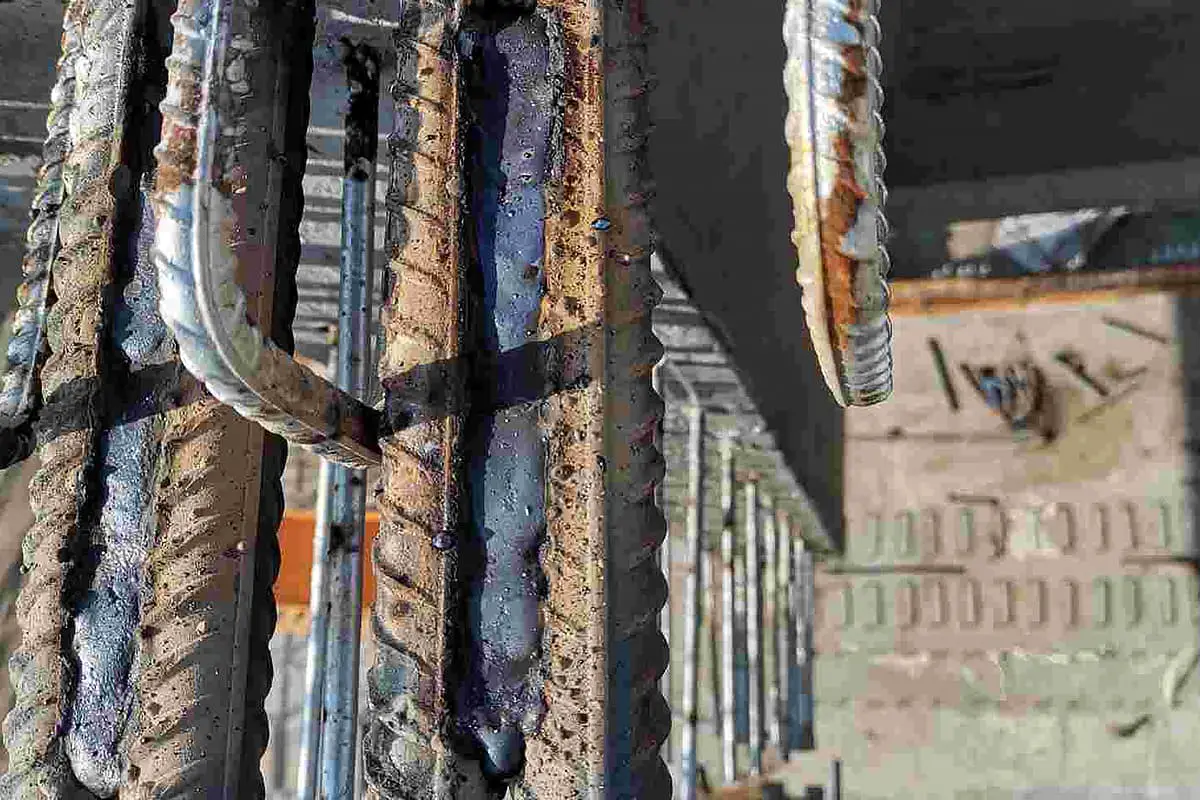Best Practices for Preventing Weld Undercut: Grasping the Essentials
Best Practices for Preventing Weld Undercut: Grasping the Essentials
Blog Article
Understanding the Art of Welding: Exactly How to Avoid Undercut Welding Issues for Flawless Fabrication Results
By recognizing the origin causes of undercut welding and executing effective methods to stop it, welders can boost their craft to new degrees of quality. In the pursuit of perfect fabrication results, understanding the art of welding to avoid undercut concerns is not just a skill yet a need for those making every effort for perfection in their work.
Recognizing Undercut Welding

To stop undercut welding, welders ought to make certain appropriate welding parameters, such as changing the current, voltage, traveling rate, and preserving the proper electrode angle. Additionally, making use of the proper welding method for the specific joint configuration is important. Using weaving motions or backstepping methods can aid make sure proper weld metal deposition and lower the probability of undercut formation. Normal inspection of welds throughout and after the welding procedure is also crucial to capture any kind of undercut early and make required changes to prevent further flaws. Preventing weld undercut. By understanding the reasons for undercut welding and applying preventive steps, welders can accomplish high-quality, structurally sound welds.
Sources Of Undercut in Welding
Comprehending the aspects that contribute to damage in welding is vital for welders to generate top quality, structurally audio welds. Insufficient welding inaccurate or present welding rate can also add to damage. Comprehending these causes and implementing correct welding strategies can aid stop damaging issues, guaranteeing durable and strong welds.
Techniques to Stop Undercutting

To minimize the risk of damaging in welding, welders can utilize calculated welding methods focused on improving the quality and honesty of the weld joints. One efficient method is to readjust the welding parameters, such as voltage, present, and take a trip rate, to guarantee appropriate warm input and deposition. Keeping an appropriate electrode angle and making certain regular traveling rate can additionally assist protect against undercut. Additionally, using the correct welding strategy for the details joint configuration, such as weave or stringer grains, can contribute to reducing damaging. Preventing weld undercut.
In addition, correct joint preparation, including making certain clean base products totally free of contaminants and using the suitable welding consumables, is crucial in protecting against undercut problems. Employing back-step welding techniques and regulating the weld grain account can also help disperse warmth evenly and lessen the threat of undercut. Normal examination of the weld joint during and after welding, along with implementing quality assurance measures, can help in resolving and detecting damaging concerns promptly. By applying these strategies vigilantly, welders can attain remarkable manufacture results with minimal undercut flaws.
Significance of Proper Welding Criteria
Picking and maintaining appropriate welding specifications is important for accomplishing effective welds with minimal issues. Welding specifications refer to variables such as voltage, present, travel rate, electrode angle, and shielding gas flow price that straight review impact the welding process. These specifications must be very carefully adjusted based on the kind of product being welded, its density, and the welding strategy utilized.
Appropriate welding parameters guarantee the ideal amount of warmth is related to thaw the base steels and filler product uniformly. If the specifications are established too expensive, it can bring about excessive warm input, triggering spatter, distortion, or other burn-through. On the other hand, if the specifications are also reduced, insufficient blend, lack of penetration, or damaging may take place.
High Quality Assurance in Welding Procedures

Final Thought
Finally, understanding the art of welding calls for a detailed understanding of undercut welding, its causes, and techniques to stop it. By guaranteeing appropriate welding parameters and applying quality control techniques, perfect construction results can be attained. It is necessary for welders to continually strive for excellence in their welding operations to avoid undercut concerns and create high-grade welds.
Undercut welding, a common issue in welding processes, happens when the weld steel does not properly fill the groove and leaves a groove or anxiety along the bonded joint.To protect against undercut welding, welders need to make sure correct welding specifications, such as changing the current, voltage, travel rate, and keeping the proper electrode angle. Inadequate welding incorrect or present welding rate can additionally add to undercut.To reduce the risk of undercutting in welding, welders can use strategic welding methods aimed at boosting the top quality and honesty of the weld joints.In conclusion, grasping the art of welding requires a complete understanding of undercut welding, its causes, and methods to stop it.
Report this page